

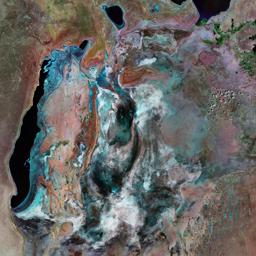
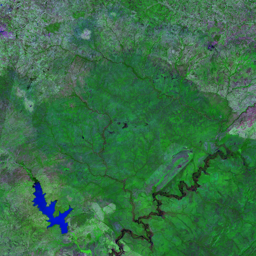



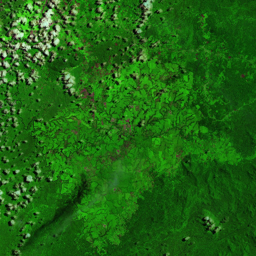

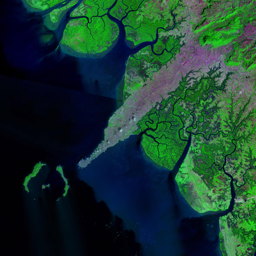
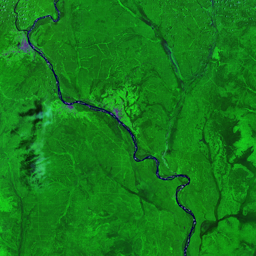
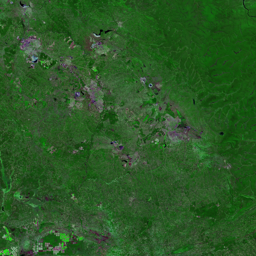
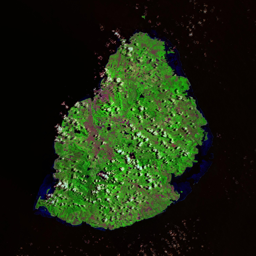
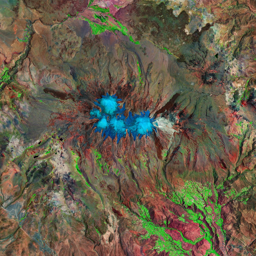
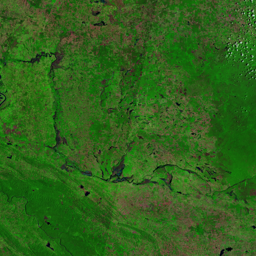
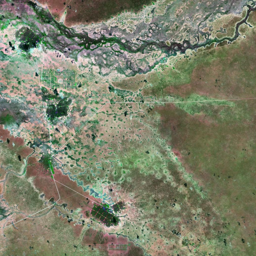

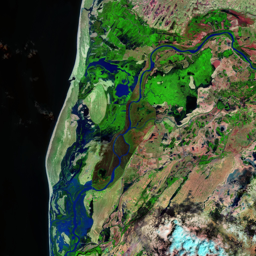


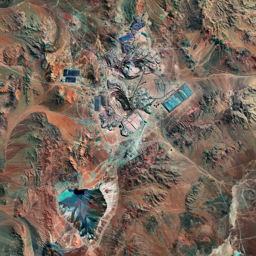
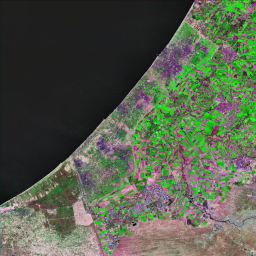






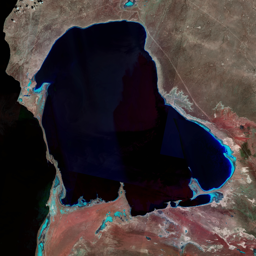
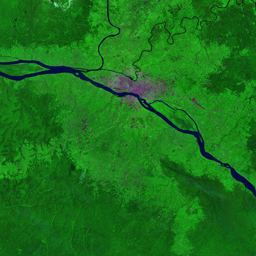


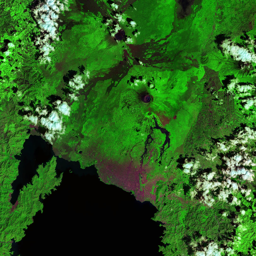

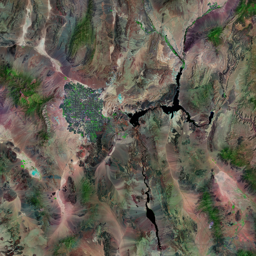
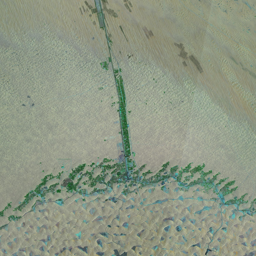
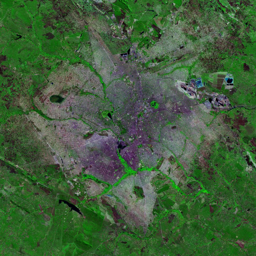



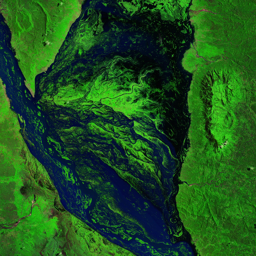







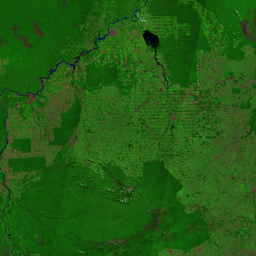
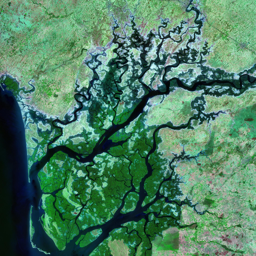

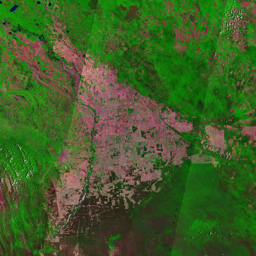
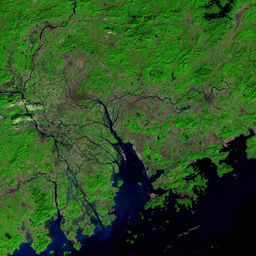

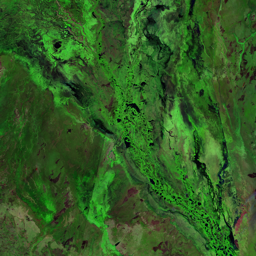

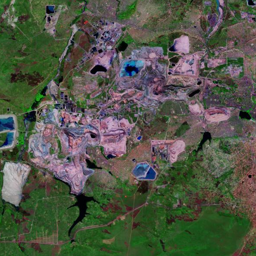
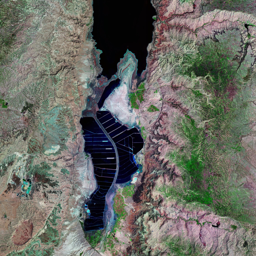
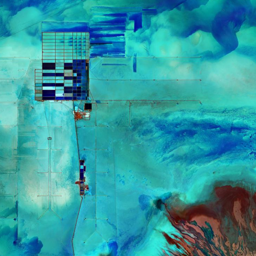
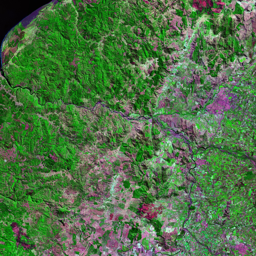


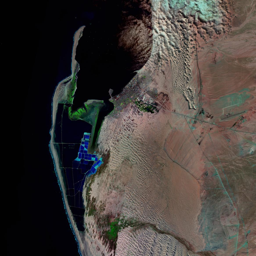

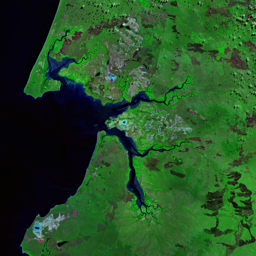
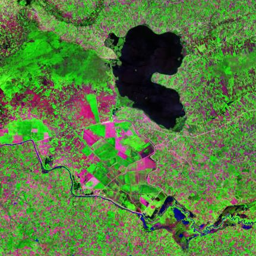
Major development of Dubais coastline began in the late 1970s with the construction of the Jebel Ali Port and the Dubai dry docks. Minor modifications were made during the following 20 years, with construction of fishing ports and the development of the Burj Al Arab Island in 1998, an artificial island 280 m from Jumeirah beach. In 2002, construction commenced on a series of large-scale artificial coastal islands, significantly altering the natural coastline of the Emirate. This development has negatively impacted the Jebel Ali reef, the largest coral reef along the Emirates coast. Much of the coral habitat has been buried or heavily impacted by sedimentation from dredging and changes in water flow. This loss of coral cover and diversity has had a profound impact on the abundance, diversity and composition of coral reef fish communities. Many of these man-made structures also create new habitats, for example, coral species are recruiting in fairly high abundance on the rocky breakwater structures surrounding the islands. According to a recent study (2020), the coral reefs in Abu Dhabi, the United Arab Emirates (UAE), exhibit the highest thresholds for coral bleaching and mortality in the world.. Despite the creation of artificial reef ecosystems, the future of natural reefs are in jeopardy, management and reduction of planned real estate development and desalination facilities are important steps in addressing this issue.
Use shift + scroll to zoom the map
Use shift + scroll to zoom the map